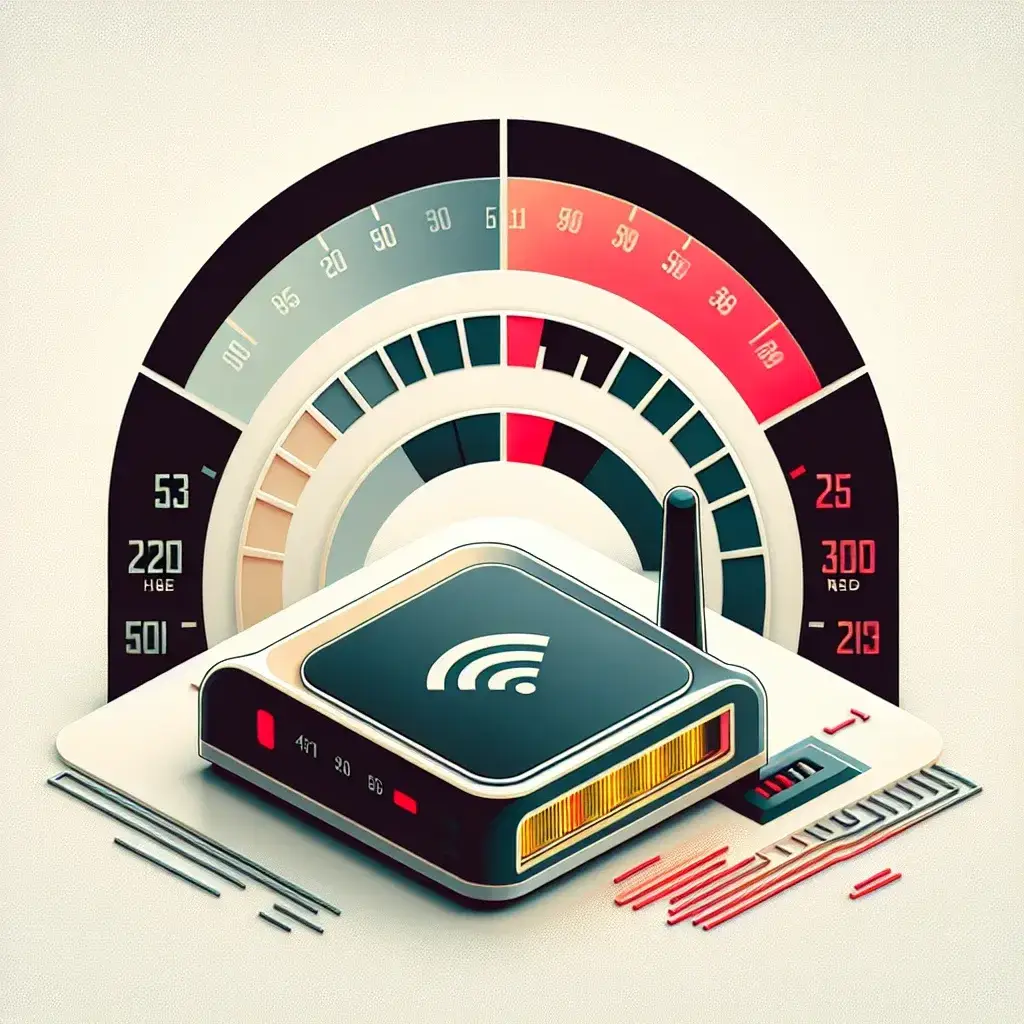Introduction
You’ve signed up for a high-speed internet plan, but when you connect to your WiFi, you notice the speeds are significantly slower than promised. Understanding why your router’s WiFi speed is slower than your internet plan requires delving into various factors that can impact your connection.
Here’s a detailed look at some of the common reasons for slower WiFi speeds and what you can do to mitigate these issues.
| Common Reasons for Slower WiFi | Impact on Speed |
|---|---|
| Router Location | Obstructions and distance can significantly reduce the signal strength. |
| Interference | Other electronic devices and networks can cause signal interference. |
| Router Quality | Older or lower-quality routers may not support higher speeds. |
| Network Congestion | Multiple devices using the same network can slow down speeds. |
| Signal Band | Using the 2.4GHz band instead of 5GHz can lead to slower speeds. |
Router Location
The location of your router plays a crucial role in the WiFi speed you experience. Routers emit signals omnidirectionally, but obstacles such as walls, doors, and furniture can weaken these signals. Here’s what you need to consider:
- Placement: Position your router in a central location to maximize coverage.
- Height: Elevate the router to avoid obstructions on the ground.
- Open Space: Avoid placing your router in enclosed spaces like cabinets.
Interference
WiFi signals can be disrupted by interference from other electronic devices and networks. Common sources of interference include:
- Microwaves: Operate at the same frequency as the 2.4GHz WiFi band.
- Bluetooth Devices: Can interfere with WiFi signals.
- Neighboring Networks: Overlapping channels can cause congestion.
To reduce interference, try the following:
- Change Channel: Adjust your WiFi channel settings to a less congested one.
- Upgrade: Use dual-band routers to switch to the 5GHz frequency, which is less crowded.
Router Quality
Not all routers are created equal. Older or budget routers may not support the full speeds of your internet plan due to hardware limitations. Consider:
- Standards: Ensure your router supports the latest WiFi standards (802.11ac or 802.11ax).
- Antennas: More antennas can improve signal strength and speed.
- Firmware: Keep your router’s firmware up to date for optimal performance and security.
Network Congestion
The more devices connected to your network, the more bandwidth is shared. This sharing can result in slower speeds, especially during peak usage times. Solutions include:
- Limit Devices: Disconnect devices that are not in use.
- Quality of Service (QoS): Prioritize bandwidth for specific devices or applications.
- Upgrade Plan: Consider a plan with higher bandwidth if multiple users are constantly online.
Signal Band
WiFi routers typically broadcast on two frequency bands, 2.4GHz and 5GHz. Each has its strengths and weaknesses:
- 2.4GHz Band: Better range but slower speeds due to congestion.
- 5GHz Band: Faster speeds with less interference, but shorter range.
For optimal speeds, use the 5GHz band where possible but be mindful of the range limitations.
Conclusion
Several factors can contribute to slower WiFi speeds than your internet plan advertises. By addressing issues related to router location, interference, router quality, network congestion, and signal band, you can improve your WiFi performance. Always remember that a combination of proper placement, device management, and equipment upgrades can make a substantial difference in your internet experience.

